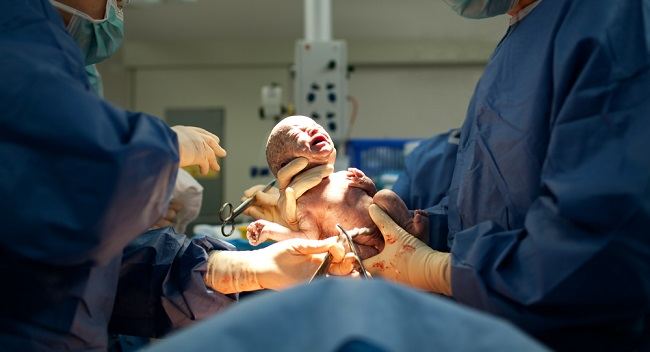s testDNA fingerprinting is a series of tests used to identify and evaluate genetic information somebody via deoxyribonucleic acid or more often abbreviated DNA. This test is considered accurate considering very small the possibility of two or more people to owni same DNA fingerprint.
This test to test a person's genetic identity is done by identifying the specific genetic material (DNA) pattern in each individual. Basically, almost 99 percent of the DNA sequences in the human body do have similarities, but still have a small number of significant differences as well. This difference is used to distinguish one individual from another.

How to Get a DNA Sample
To obtain DNA samples from the human body to determine their DNA fingerprint, several methods can be used, including:
- Using a blood sample from the heelTo perform a DNA test on the baby, the required blood sample will be taken from the heel. Taking a few drops of blood from the heel will begin with cleaning the baby's heels using alcohol. After that, the baby's heel will be pierced using a small sterile needle. The blood that comes out will then be collected in a special container. After that, the puncture marks will be covered with cotton which is glued together using a small bandage.
- Using a blood sample from a vein
The surface area of the skin where the blood was taken will be cleaned with alcohol and then inserted a needle. The needle will then be used to draw as much blood as needed for the DNA test process. After that, the area that was stabbed with the needle will be given cotton or gauze to then be pressed and given a bandage.
- Another method through sample collectionIf the two methods of blood collection above cannot be done, then the sample can be taken from other parts of the body. DNA samples can be obtained from dried blood, skin, saliva, cheek mucosal swabs in the mouth (Fig.buccal swab), a person's hair, urine, amniotic fluid, or semen. The process of collecting DNA samples can also be obtained from bones and teeth. This last method is carried out if the body part is in a condition where it is no longer possible to take samples or rot.
DNA Fingerprint Utilization
Some of the benefits below can be obtained from the process of determining DNA fingerprints in human life.
- Solve legal problemsProfiling DNA or DNA fingerprinting has been used by several countries as a tool to solve legal or criminal cases. Examples of cases that have been successfully solved using DNA fingerprints are cases of murder and rape.
With the determination of DNA ownership, perpetrators whose genetic evidence was left at the crime scene can be arrested. Thanks to its degree of accuracy, by 1986 the use of DNA to find criminals was already being implemented in almost all countries, a medical review showed.
In addition to determining the perpetrator of a crime, DNA testing is also useful for identifying victims of crime, especially when the victim does not have an identity card. Not only victims of crime, victims of natural disasters can also be identified thanks to the technique profiling this DNA.
- Define relationship
We have also been familiar with the concept that sperm cells and egg cells account for half of the total chromosomes in a child. This means that each person inherits a unique combination of DNA that comes from their father and mother. Based on this fact, the determination of a person's DNA testing to determine family ties can be done by using DNA samples from various sources, either from skin, blood, or saliva.
Another important use of DNA fingerprinting is to identify and determine the diagnosis of hereditary diseases and the risk of certain diseases, to match donor organ tissue with people who need organ transplants.
As science advances, the use of DNA is becoming more widespread, for example for the study of population genetics, where one can study interactions between different populations, or detect changes in patterns of genetic traits within a population.









